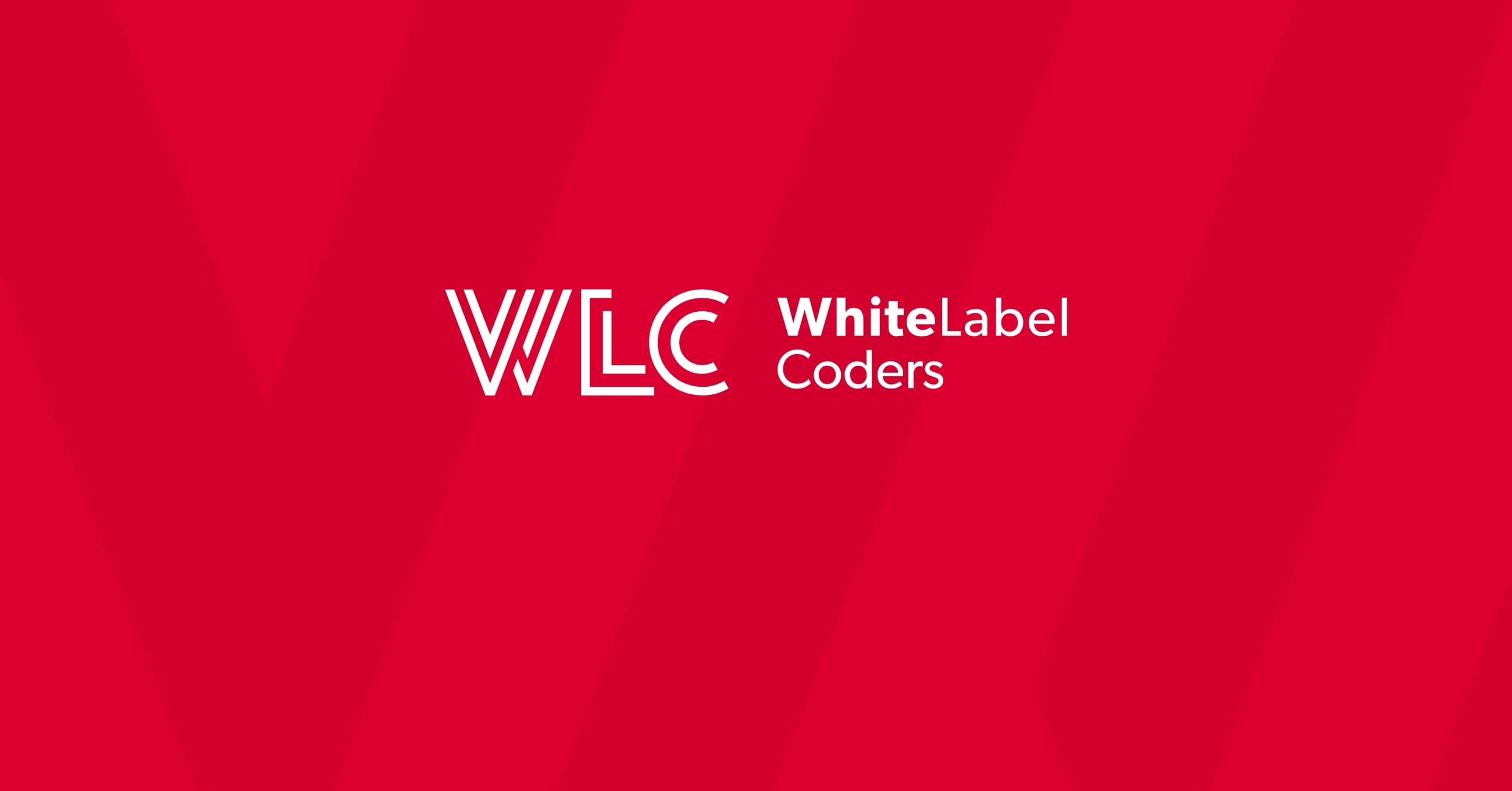Category: WooCommerce
Is Shopify more expensive than WooCommerce?

Shopify is typically more expensive than WooCommerce in terms of mandatory monthly costs, but the total expense picture is more nuanced. While Shopify charges subscription fees starting at $29/month, WooCommerce is free to install but requires you to pay separately for hosting, domain, security, and essential extensions. For small businesses with limited technical expertise, Shopify’s all-inclusive pricing may offer better value despite higher upfront costs. Larger stores with technical resources often find WooCommerce more cost-effective long-term due to greater customization flexibility and absence of platform-specific transaction fees.
Understanding Shopify and WooCommerce pricing models
Shopify and WooCommerce represent two fundamentally different approaches to e-commerce platform pricing. Shopify follows a Software-as-a-Service (SaaS) model, where you pay a monthly subscription fee that includes hosting, security, and core platform features. This predictable pricing structure starts at $29/month for the Basic plan, scaling up to $299/month for Advanced, with Enterprise-level Shopify Plus starting at $2,000/month.
WooCommerce, in contrast, is a free WordPress plugin that follows an open-source model. While the plugin itself costs nothing to install, you’re responsible for assembling and paying for all the building blocks needed to run your store. This includes web hosting (£5-£100+/month depending on your needs), domain registration (£10-£20/year), security certificates, and potentially premium themes and extensions.
This fundamental difference means comparing costs isn’t straightforward – it’s like comparing renting a furnished flat (Shopify) versus buying and furnishing your own house (WooCommerce). The right choice depends on your business needs, technical capabilities, and growth plans.
What are the basic costs of Shopify vs WooCommerce?
Shopify’s basic costs are clear-cut and predictable, with tiered subscription plans that include most essentials. The Basic Shopify plan ($29/month) provides hosting, security, and core features for smaller stores. Shopify ($79/month) and Advanced Shopify ($299/month) add professional reporting, lower transaction fees, and additional staff accounts as your business grows.
WooCommerce’s basic costs are more variable, starting with the free plugin but requiring several essential investments:
- Web hosting: £5-£50/month for reliable WooCommerce-compatible hosting
- Domain name: £10-£20/year
- SSL certificate: Free with many hosts, or £50-£200/year for premium options
- WordPress theme: Free to £100+ (one-time purchase)
- Payment processing: Variable fees depending on provider
| Essential Cost Component | Shopify | WooCommerce |
|---|---|---|
| Platform Fee | $29-$299/month | $0 (free plugin) |
| Web Hosting | Included | £5-£50/month |
| Domain Name | First year free, then $14-$20/year | £10-£20/year |
| SSL Certificate | Included | Free-£200/year |
| Basic Theme | Free themes available, premium £100-£180 | Free themes available, premium £60-£100 |
When considering just the basics, a small WooCommerce store might cost about £10-£20/month with budget hosting, while Shopify starts at $29/month. However, as WooCommerce development becomes more complex, the cost comparison shifts dramatically.
How do plugin and extension costs compare between platforms?
The add-on ecosystem represents a significant cost difference between these platforms. Shopify’s App Store features mostly subscription-based extensions, with popular apps costing £10-£100/month each. Essential functionality like advanced product filters, improved SEO tools, or enhanced checkout experiences often require these paid apps, quickly adding to monthly costs.
WooCommerce’s extension marketplace offers more one-time purchase options alongside subscription-based plugins. Many essential WooCommerce extensions range from £0-£300 as one-time purchases, though some premium options do follow annual subscription models (typically £50-£200/year).
For example, adding features like product bundles, subscriptions, and bookings might cost:
| Functionality | Shopify App Cost | WooCommerce Extension Cost |
|---|---|---|
| Product Bundles | £15-£30/month (£180-£360/year) | £49-£249 (one-time or annual) |
| Subscription Management | £20-£40/month (£240-£480/year) | £199/year |
| Advanced SEO Tools | £20-£30/month (£240-£360/year) | £0-£69 (one-time) |
| Booking/Appointment System | £15-£25/month (£180-£300/year) | £249/year |
While Shopify’s extensions are typically more “plug-and-play,” WooCommerce often provides more flexibility and customization options. Professional WooCommerce development services can help configure these extensions optimally for your specific business needs.
Which platform has higher long-term maintenance costs?
Long-term maintenance represents another significant cost difference between the platforms. Shopify handles most maintenance tasks automatically as part of your subscription, including:
- Security updates and patches
- Server maintenance and optimization
- Platform updates and new features
- PCI compliance management
WooCommerce requires more hands-on maintenance, which translates to either your time or paid technical support. Regular tasks include:
- WordPress core updates
- WooCommerce plugin updates
- Extension and theme compatibility management
- Security monitoring and updates
- Database optimization and performance tuning
Many online store owners find they eventually need technical assistance, with ongoing WooCommerce maintenance services costing £50-£200/month depending on store size and complexity. This makes Shopify potentially more economical for business owners who lack technical skills or don’t want to handle maintenance themselves.
However, for growing businesses with more complex needs, investing in quality WooCommerce development and maintenance often pays off through greater control and customization options. The flexible architecture of WooCommerce allows for virtually unlimited scaling without hitting the ceiling that subscription-based platforms sometimes impose.
How do transaction fees affect total platform expenses?
Transaction fees can significantly impact your bottom line and total platform cost. Shopify charges payment processing fees that vary by plan (2.9% + 30¢ down to 2.4% + 30¢ per transaction when using Shopify Payments). If you use external payment gateways, Shopify adds an additional fee (2% down to 0.5% depending on your plan).
WooCommerce doesn’t charge any platform-specific transaction fees. You’ll only pay the fees charged by your chosen payment processor (typically 2.9% + 30¢ for standard PayPal or Stripe), giving you more flexibility and potentially lower costs at scale.
For a store with £10,000 in monthly sales, the difference can be substantial:
- Shopify Basic with Shopify Payments: Approximately £320 in transaction fees
- Shopify Basic with external gateway: £320 (gateway) + £200 (additional fee) = £520
- WooCommerce with Stripe: Approximately £320 in transaction fees
For high-volume merchants, WooCommerce’s absence of platform-specific transaction fees can result in significant savings, especially when combined with negotiated rates from payment processors that many larger merchants can secure.
When is Shopify more cost-effective than WooCommerce?
Despite potentially higher subscription costs, Shopify proves more cost-effective in several common scenarios:
For non-technical business owners launching their first online store, Shopify’s all-inclusive approach eliminates the learning curve and technical overhead. The predictable monthly cost includes everything needed to start selling, without worrying about server configurations, compatibility issues, or security vulnerabilities.
Businesses with limited time resources benefit from Shopify’s managed environment. When calculating true costs, consider the value of your time – the hours spent maintaining a WooCommerce store could instead be invested in marketing, product development, or customer service.
Shopify also shines for businesses needing rapid deployment with standardized features. The platform’s ready-to-use nature means you can launch faster with professional results, even without extensive customization.
However, for businesses planning significant customization, requiring unique functionality, or projecting high sales volumes where transaction fees become significant, investing in professional WooCommerce development typically provides better long-term value despite higher initial setup costs.
Key takeaways: Making the right cost-based platform decision
When deciding between Shopify and WooCommerce based on cost, focus on total ownership expense rather than just the headline prices. Consider these key factors:
- Technical resources: If you lack technical skills and don’t plan to hire developers, Shopify’s higher subscription cost may be offset by reduced maintenance needs
- Growth projections: For rapidly scaling businesses, WooCommerce’s flexibility and absence of transaction fees often prove more economical long-term
- Customization requirements: Unique business models often find Shopify’s standardized approach limiting and more expensive to adapt
- Time horizon: Consider costs over a 3-5 year period rather than just initial setup
Ultimately, the most cost-effective platform is the one that best aligns with your specific business model, technical capabilities, and growth plans. Many successful businesses start with Shopify for its simplicity, then migrate to WooCommerce as they grow and require more customization and control over their expenses and functionality.
For businesses ready to leverage the full potential of WooCommerce, working with experienced developers ensures you maximize the platform’s cost advantages while minimizing the technical overhead – creating a truly customized e-commerce solution that grows with your business without the escalating costs of SaaS platforms.

